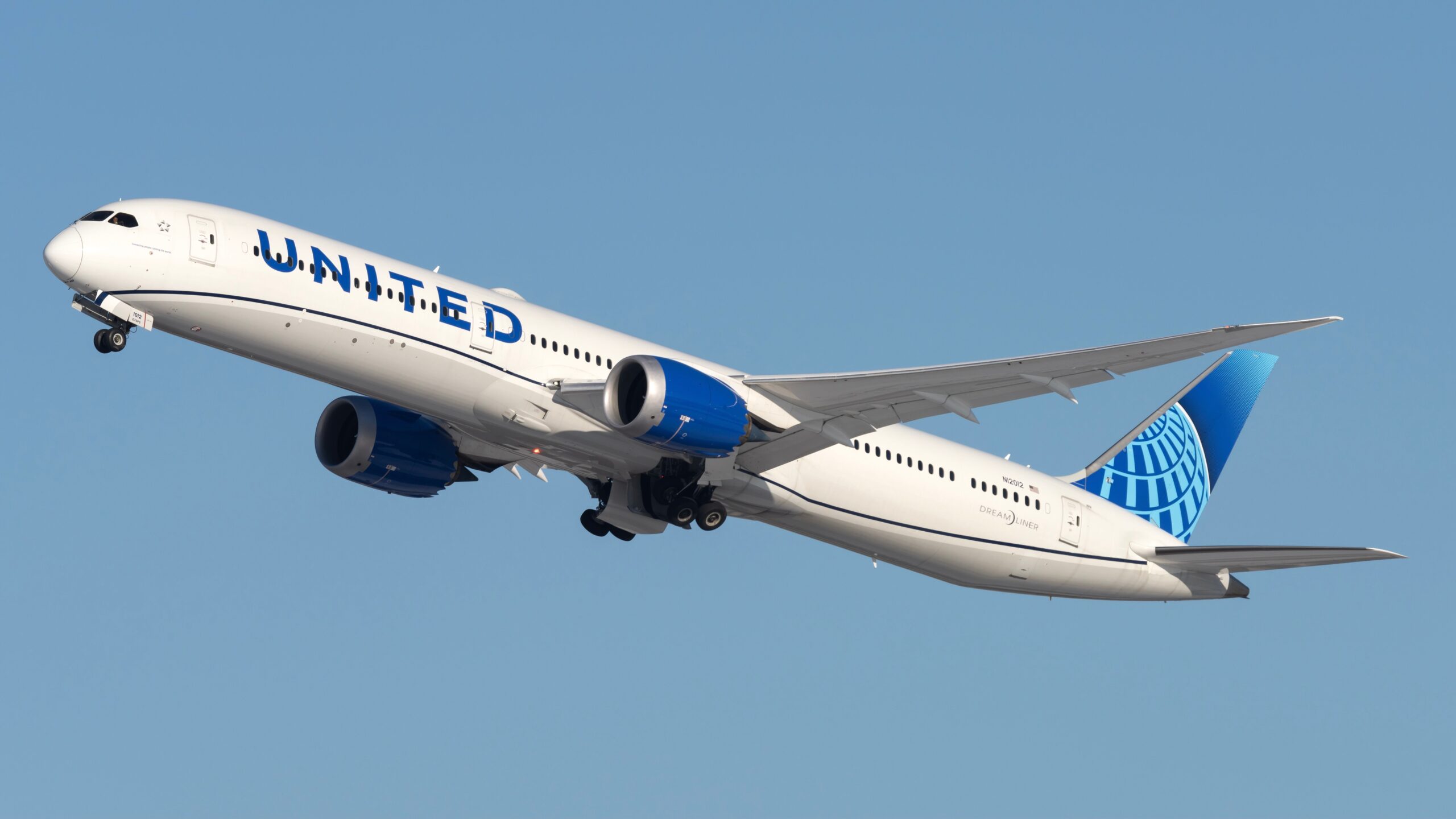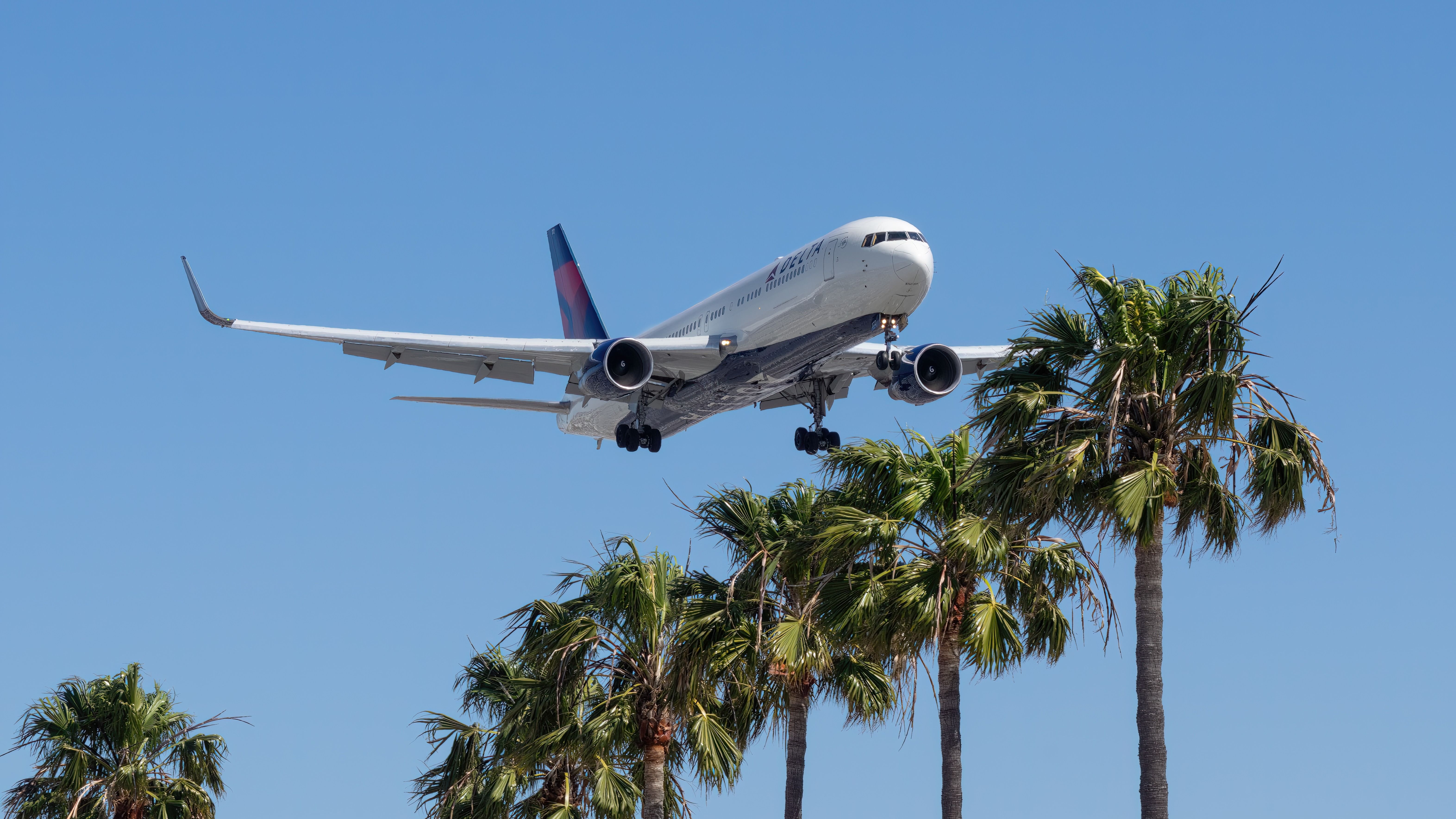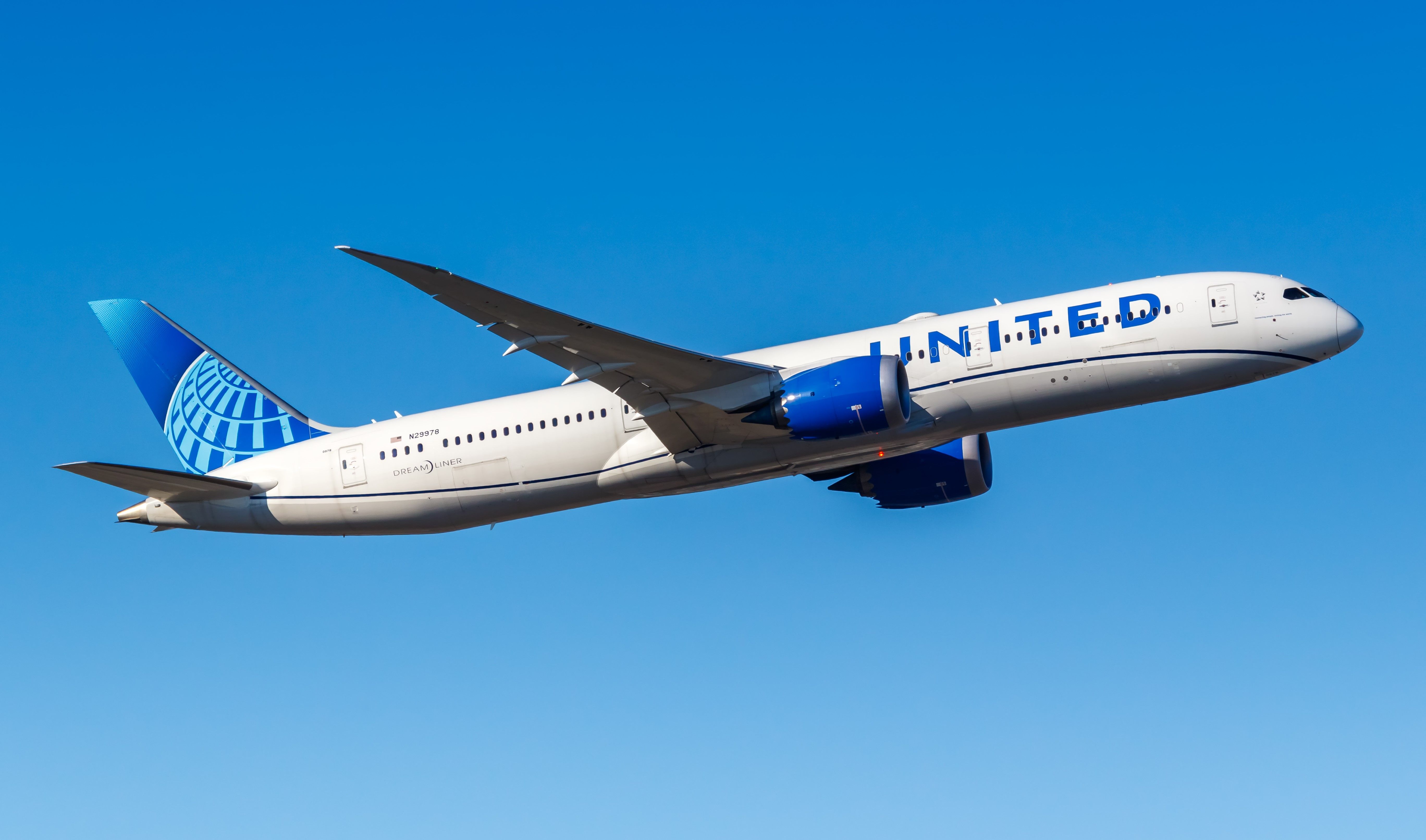Summary
- Unsurprisingly, Emirates is the world’s largest widebody operator.
- Only two carriers from the Americas made the top 10 list in August: United Airlines and Delta Air Lines.
- United has seen a bigger decline in twin-aisle flights year-on-year than any other leading operator.
In August 2024, more than 175 airlines have scheduled passenger flights on widebody aircraft. They have 267,200 roundtrip services, equivalent to one in 12 of the world’s flights. Despite the vast quantity – more than 8,600 daily – it is only the third-highest August volume on record.
The top 10 carriers: August 2024
They are summarized below. When flights by the 10 operators are combined, they have 103,862 twin-aisle roundtrip services – about 39% of the world’s total. Notably, while all widebody flights are still lower than previously, those by the top 10 carriers have increased and are at a record level. They are up by about 3% compared to August 2023 and the pre-pandemic 2019.
Photo: Angel DiBilio | Shutterstock
 Emirates
Emirates
is number one, just as it has been for years. After all, it only has widebodies (currently 258 of them, plus freighters), no domestic market, and is, of course, a huge global operator.
Unsurprisingly, only
Turkish Airlines
is present from Europe (its Istanbul Airport hub is on the European side of the Bosporus), with some of its flights now on its new 492-seat Boeing 777-300ER. The significance of the domestic market for Chinese and Japanese airlines is clear. While
![]() United Airlines
United Airlines
and
![]() Delta Air Lines
Delta Air Lines
made the cut,
![]() American Airlines
American Airlines
did not. It is 15th globally.
|
Airline |
August 2024 widebody roundtrips |
Change vs. August 2023 |
Top three widebodies (ordered by flights) |
% international |
|---|---|---|---|---|
|
Emirates |
14,861 |
+2.2% |
777-300ER, A380, 777-200LR (only has three) |
100% |
|
Qatar Airways |
13,522 |
+13.0% |
777-300ER, A350-900, 787-8 |
100% |
|
All Nippon |
12,718 |
+14.1% |
787-9, 787-8, 767-300ER |
28% |
|
Air China |
10,301 |
+0.1% |
A330-300, A350-900, 777-300ER |
31% |
|
United |
9,611 |
-7.7% |
777-200/200ER, 787-9, 767-300ER |
79% |
|
Turkish Airlines |
9,315 |
+7.5% |
A330-300, 777-300ER, A350-900 |
93% |
|
Japan Airlines |
9,262 |
-0.9% |
767-300ER, A350-900, 787-8 |
37% |
|
Delta |
8,513 |
+5.1% |
767-300ER, A330-300, A330neo |
84% |
|
China Southern |
7,893 |
-3.4% |
A330-300, 787-9, 777-300ER |
26% |
|
China Eastern |
7,686 |
-2.8% |
A330-200, A330-300, A350-900 |
44% |
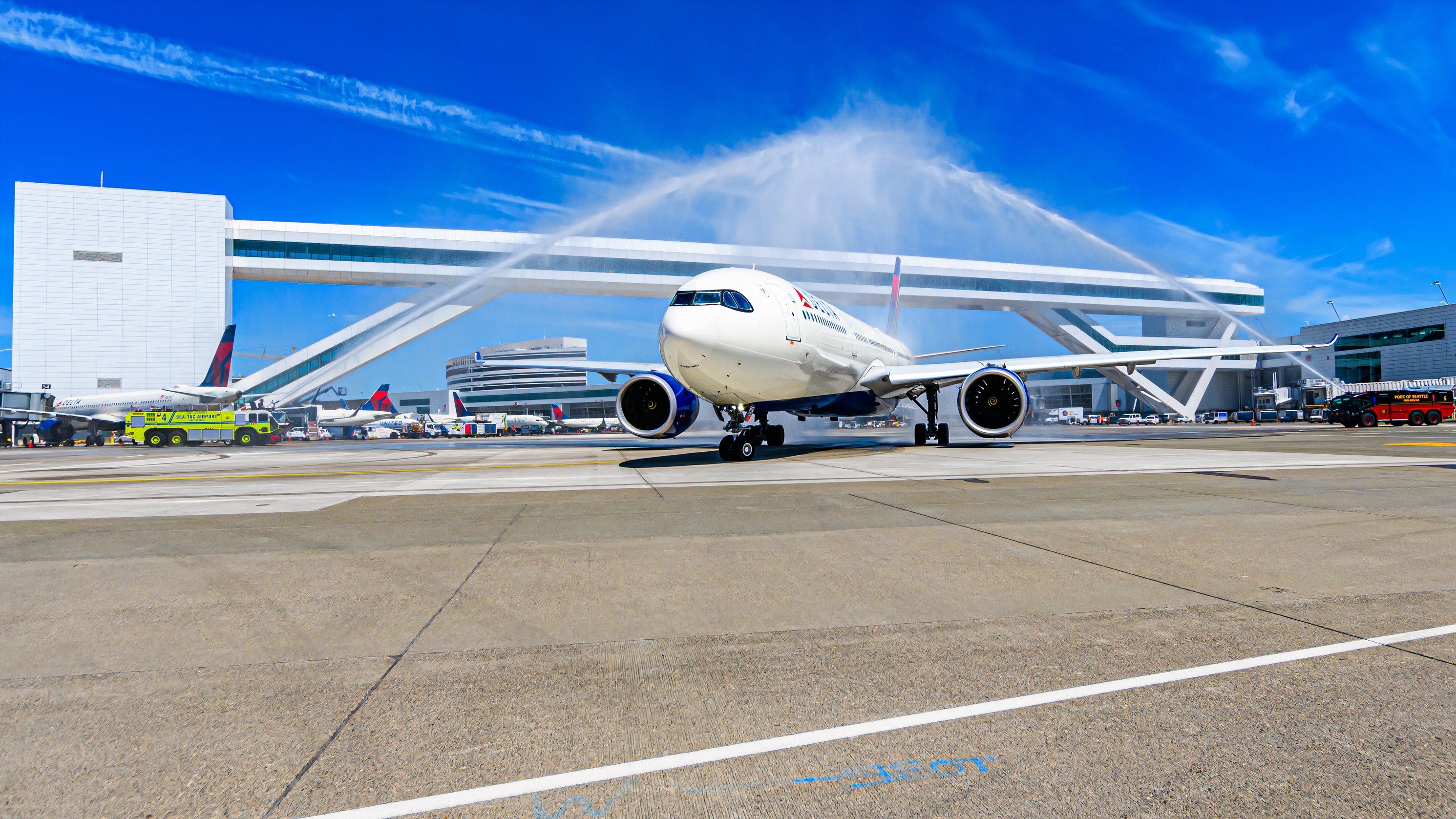
Related
22 Destinations & Counting: Seattle–Tacoma International Airport’s Growing Long-Haul Route Map
Some 24 passenger airlines serve them.
Hang on: what about United?
The Star Alliance member is the world’s fifth-largest widebody operator, with nearly eight in ten such flights being international. What is more interesting is that its twin-aisle services have fallen by -7.7% year-on-year, which is by far the most significant drop of the top 10 carriers. It is in stark contrast to Delta’s +5.1% increase.
Photo: Markus Mainka | Shutterstock
It would be easy to conclude that the decline reflects the delay in many Boeing aircraft deliveries, but this primarily affects narrowbodies rather than widebodies. Delays to Boeing 787 deliveries have been minimal, with a great air-to-air photo of a 787-9 shown above.
Using Cirium to examine United’s August 2024 schedule shows that domestic twin-aisle flights have reduced by 29.2% year-on-year, while international service has increased marginally. Because of this, United’s average August widebody stage length has risen from 3,611 nautical miles (6,688 km) to 3,871 nautical miles (7,169 km). This is not a big jump as it was influenced by the longer domestic routes on which they were deployed.
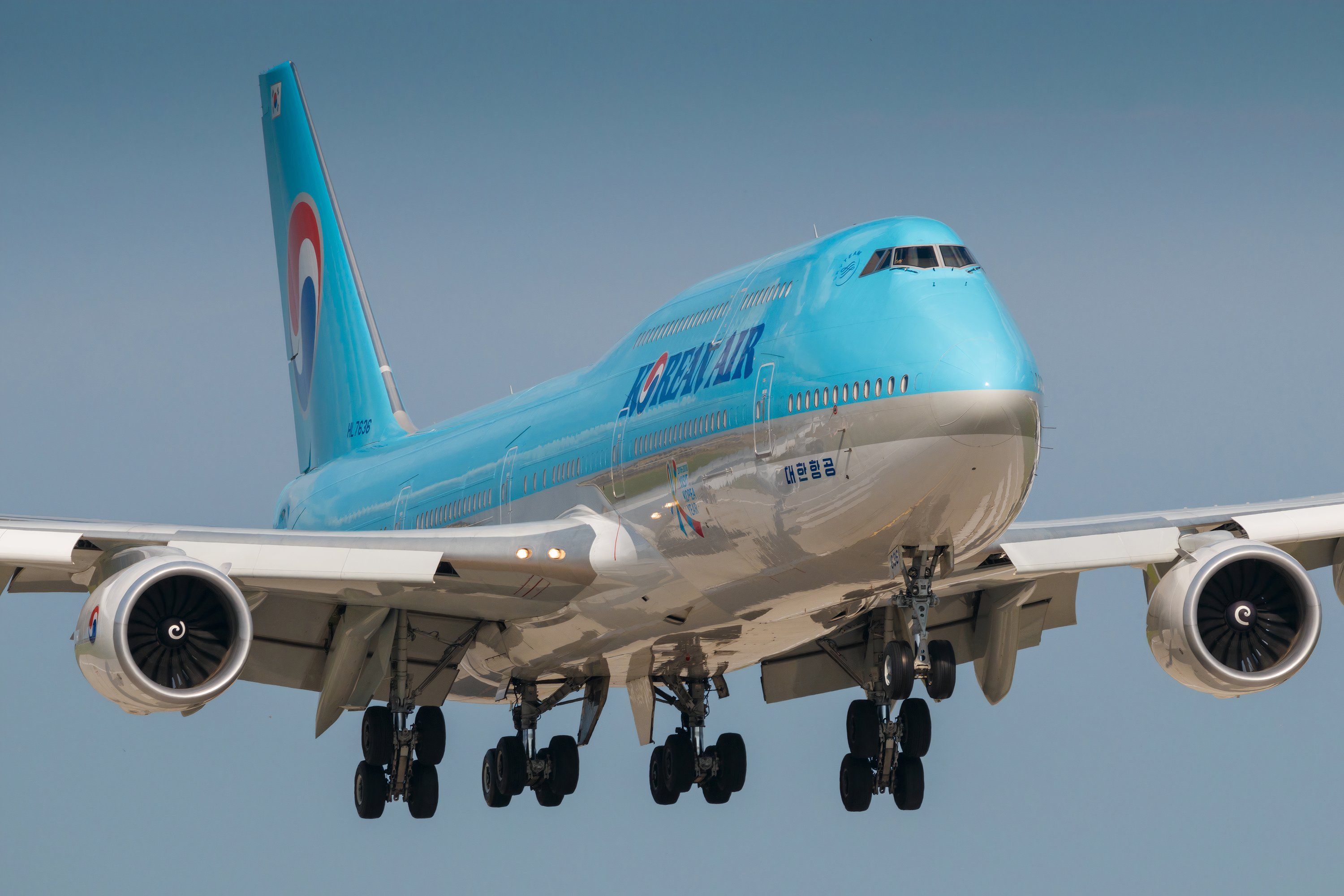
Related
Revealed: The World’s Top 10 Airports For Widebody Flights in August
Which airports do you think made the cut?
Only the Boeing 767-400ER has more flights this August than last year (+11%). All the other types and variants have fewer roundtrips, none more so than the 318-seat 787-10. Services on that variant are down by 15%.
While the 787-10 does operate domestically in the summer month, such flights are two-thirds lower than last year. Even international flights on it are lower (-3.9%), which is entirely because of the Israel-Gaza war, which means Tel Aviv has far fewer services. If the city is removed from the analysis, international 787-10 flights have grown by 8.1% year-on-year.

